(16 products available)











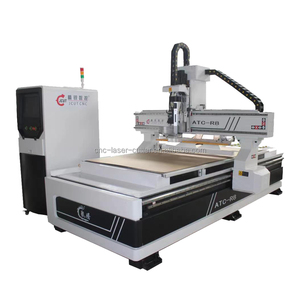











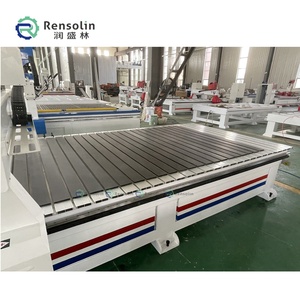
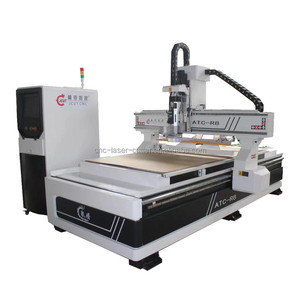
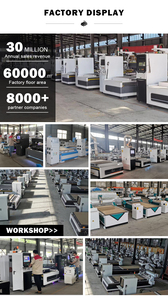





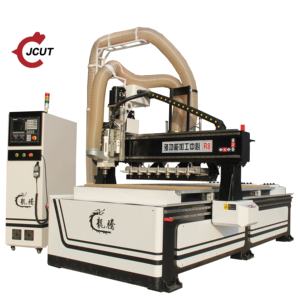

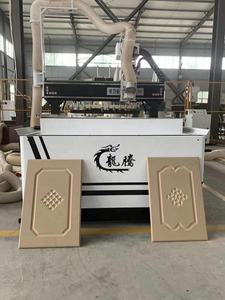

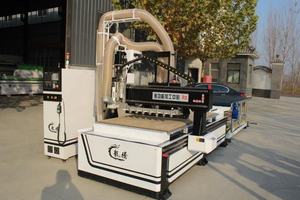



















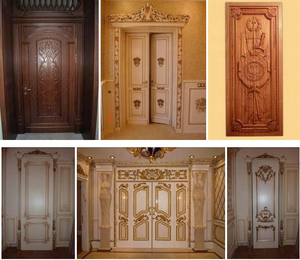




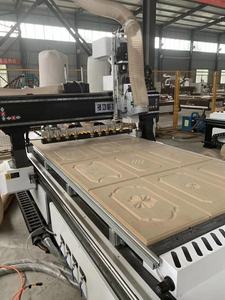





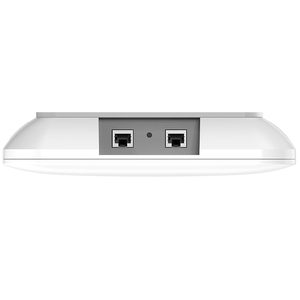










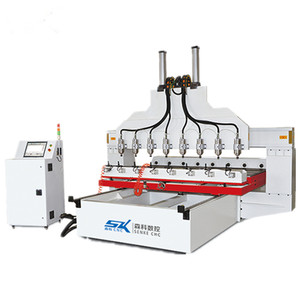












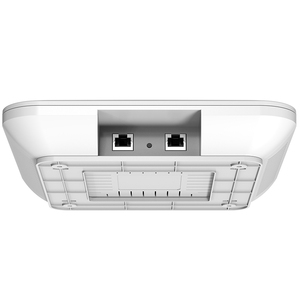



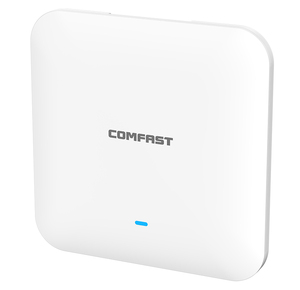

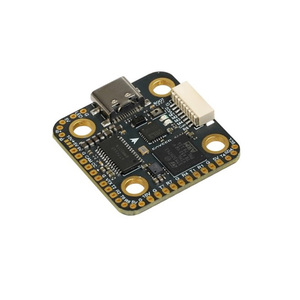




A 4 x 8 cnc router is a versatile machine applicable in many industries. Its large working area makes it ideal for both small-scale and large production runs. Here are some of the primary industrial applications:
Cnc routers are widely used in the furniture industry to cut, engrave, and drill parts. It allows for precise cutting of large panels used in cabinets, tables, and chairs. Moreover, this machine minimizes material wastage. Thus, offering a cost-effective solution for mass production.
Cnc routers are crucial in making custom signs and displays in the advertising industry. They can cut acrylic, wood, and aluminum precisely. It produces detailed signs with intricate designs that hand-cut machines cannot achieve.
In the aerospace industry, accuracy is particularly vital. Cnc routers are used to machine components from lightweight materials such as carbon fiber and aluminum. There routers ensure components meet stringent performance and safety standards.
The automotive industry employs 4 x 8 cnc routers in various applications. This includes cutting interior panels, door trims, and even some engine components. These machines handle both metal and non-metal materials. They enhance the production of complex designs with high accuracy.
Artists and decorators rely on cnc routers to create intricate designs. The large work area accommodates big materials used in wall panels, sculptures, and decorative items. A high level of precision ensures that each piece is cut accurately, maintaining the integrity of the design.
Industrial buyers should carefully consider the following factors when purchasing a four by eight Cnc router for sale online.
Different materials require different spindle speeds, feed rates, bit types, and other machining parameters. For example, a high-speed spindle may be needed for cutting aluminum. At the same time, a lower-speed spindle would suffice for hardwoods.
The cutting area does not have to be the same as the physical size of the router. Buyers should ensure that the cutting area is large enough to accommodate the largest parts they plan to make.
Routing can require a lot of horsepower, particularly for demanding operations. When choosing the spindle power, buyers need to consider the type of materials they will be machining and the operations their CNC router will perform.
Buyers should look for a cnc router with a low margin of error and high repeatability. This is because Cnc routers with high accuracy and precision are vital for making detailed parts and prototypes.
While buyers should avoid the temptation of going for the cheapest option they can find, they should also not break the bank. Getting the right CNC router should not cost a fortune. Instead, they should aim to get a router that provides the best value for the money by weighing the pros and cons of various options.
Before buying a CNC router, buyers should consider whether the manufacturer or dealer provides technical support. They should also ensure that the router comes with a reasonable warranty.
The key difference between a cnc router and a mill is in their design and construction. Cnc routers are primarily designed for cutting softer materials like wood, plastic, and composites. They have a more expansive work area and a flatter design. On the other hand, Cnc milling machines are built to handle harder materials like metals. They feature a smaller work area and a more robust, intricate design.
Cnc routers utilize a moving spindle with a router bit to outline and engrave materials. They employ surface cutting techniques primarily focused on moving the material in a more horizontal plane. Meanwhile, Cnc mills use milling cutters that rotate around an established axis while the piece is fixed to the table. This machining focuses on more vertical workpiece integration.
Cnc routers handle large workpieces well, particularly those made of non-metallics. This includes plywood sheets, plastics, and foam boards. Cnc mills, however, carefully cut smaller workpieces, especially metallics, providing a refined finish and higher component density.
Cnc routers are generally more affordable than cnc milling machines. This is because routers are easier to make, and they use less power. In addition, a Cnc mill machine offers more versatility concerning materials and operations. This means it can handle a wider variety of tasks, particularly in precision machining of small metal parts.
One of the most important considerations when purchasing a CNC router is maintenance. A 4 x 8 Cnc router requires proper care to ensure it lasts long and maintains its performance.
Several daily maintenance precautions should be taken. First, users should clean the machine every day before they start using it. They should also check the vacuum hold down system to ensure it is functioning properly. Most importantly, users should check the machine's tool path before starting massive operations. This is to ensure that the machine will operate correctly throughout the job.
There are maintenance procedures users should perform weekly. The first thing they should do is check and tighten any loose belts or pulleys. Next, they should lubricate the machine's linear guides. Finally, users should inspect the vacuum table for any damage or deep cutting residues in the grooves.
There are also maintenance procedures users should perform monthly. The first thing they should do is check and clean the machine's limit switches and proximity sensors. Then they should check for any wear and tear on the machine's components. They can also consider replacing worn components. Finally, users should perform a deep clean of the whole machine, which includes the control cabinet.
Annual maintenance can be time-consuming, so it is recommended to do it during holidays, after big orders, or before the year ends. The first thing they should do is consult the manufacturer's maintenance schedule. Next, they should replace worn items, such as the spindle or ball screw.
This is predominantly for CNC routers that are electronically controlled. Users should update their CNC router software regularly to benefit from new features and improvements. They should back up their toolpaths and other essential files to prevent unbearable losses.
A1. The “4 x 8” design refers to the router's capacity to handle materials as large as four feet by eight feet. This facility makes it a perfect choice for working with full-sized sheets of plywood or large custom boards. This makes it a popular option for significant projects in industries such as cabinetry, signage, and furniture manufacturing.
A2. While Cnc routers of this size are primarily designed for industrial and business use, they can still be utilized in a well-equipped home workshop for home usage. Nonetheless, the demands for power and complexity might make them less appealing for home users compared to smaller, more manageable routers.
A3. It can cut a wide range of materials. These include wood, MDF, plywood, plastics, and non-ferrous metals like aluminum. Nonetheless, its capacity to cut harder metals is limited when compared to Cnc milling machines.
A4. This router is normally driven by electricity. This makes it a highly efficient piece of equipment for transforming regular manual routers into a Cnc router. Nonetheless, routers vary in terms of how they are powered. This means some are directly connected to spindles, and some aren't. For example, some CNC routers may have air-powered spindles.
A5. Like most other CNC machines, these routers normally come with instruction manuals to make the setup process simple. However, a familiarity with CNC processes and router hardware is essential for an optimum setup. Essentially, the complexity of the setup will depend on the specific model and capabilities of the Cnc router.